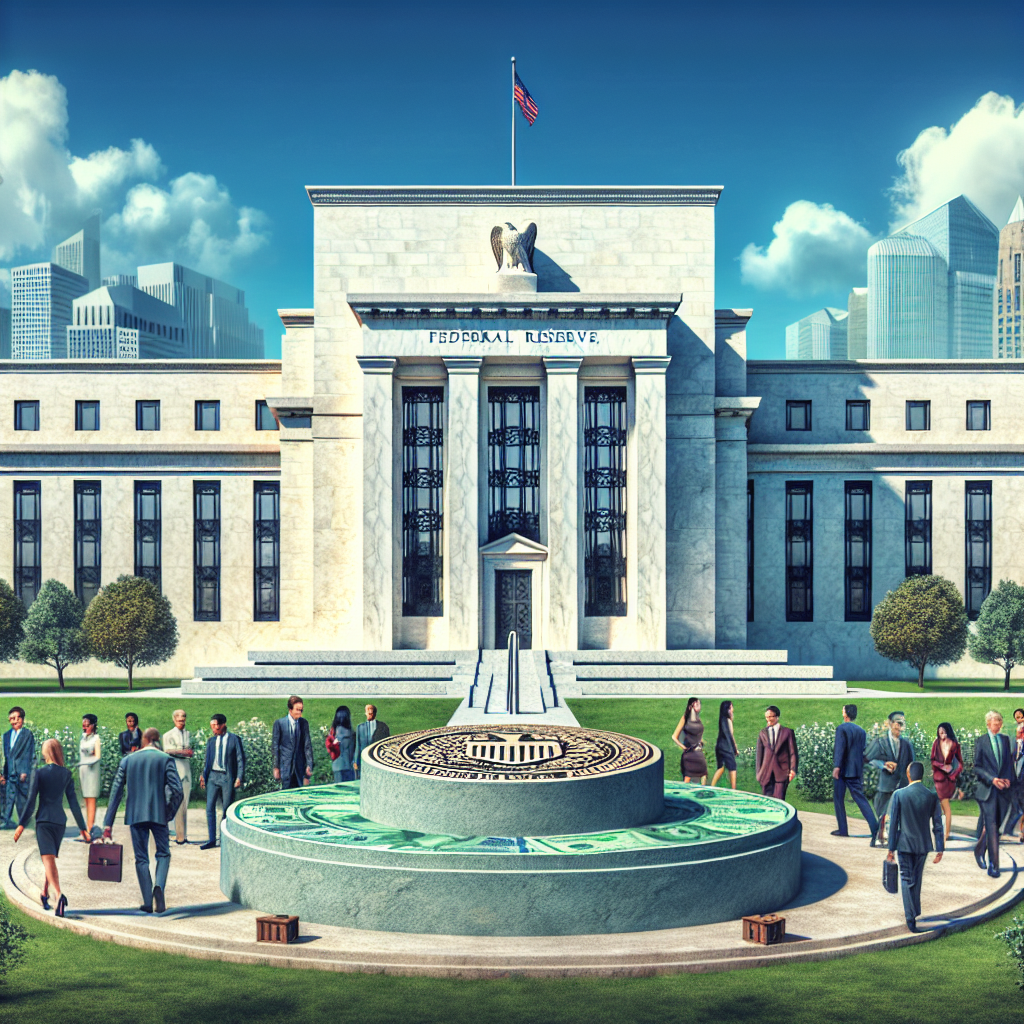Federal Reserve Cuts Interest Rates Amid Job Market Concerns
The Federal Reserve cut interest rates by half a percentage point, anticipating further monetary policy easing. The decision, influenced by job market health and inflation progress, was met with mixed opinions. Policymakers project further cuts and steady economic growth, with implications for U.S. stocks, the dollar, and Treasury yields.

The Federal Reserve made a significant move on Wednesday by cutting interest rates by half a percentage point, signaling a shift in monetary policy aimed at addressing concerns over the job market and inflation.
Policymakers on the U.S. central bank's rate-setting committee expressed increased confidence that inflation is nearing their 2% target, despite a dissenting opinion from Governor Michelle Bowman, who preferred a smaller cut. Future projections indicate that the benchmark rate could fall further by the end of this year and continue on a downward trajectory through 2026.
The announcement had immediate market effects: U.S. stocks rose, the dollar weakened against other currencies, and Treasury yields declined. Brian Jacobsen, chief economist at Annex Wealth Management, noted that the Federal Reserve's decisive half-point cut has stirred controversy and suggests additional rate cuts within the year.
Despite lingering inflation, the central bank justified the cut by pointing to progress made on inflation control and balanced risks. They stated readiness to adjust monetary policy if new risks threaten their goals of stable prices and maximum employment. This week's meeting was particularly crucial as it came just ahead of the U.S. presidential election.
Investors are now betting on further rate cuts based on the updated economic forecasts, which point to controlled inflation, a slight rise in unemployment, and steady economic growth in the coming years.
(With inputs from agencies.)










